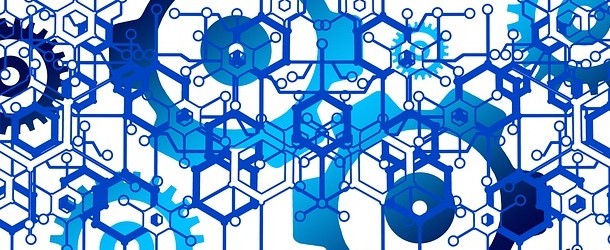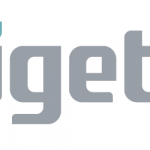Cellframe developing quantum-resistant solution for third-generation blockchains

(CoinTelegraph) While blockchains have proven their ability to remain secure against classical computers, quantum computers with exponential power may have what it takes to crack these once impenetrable security keys. Today, the United States National Security Agency (the NSA) continues to prepare for the quantum computer, and new standards around managing cryptography continue to be in development, a reality since 2015. Consequently, the question becomes not if, but when quantum computers gain traction and strength to break larger keys. By some estimates, this might be less than five years away.
To ensure that blockchains are protected from this unavoidable reality, quantum-proof cryptographic keys become essential to block the attacks of the most advanced computers on the planet. The result is that platforms like Cellframe have shared their progress towards creating a quantum-resistant solution for third-generation blockchains.
In alignment with the team’s mission to create a safe and decentralized environment to sustain the freedom of the internet, the Cellframe solution starts with quantum-resistant signatures, which include some of the finalists from the NIST PQC contest that have already been implemented into the Cellframe architecture with many more integrations in the plans for the next year.
Other solutions include introducing a quantum key exchange in Q3 2022. As a result, Cellframe continues to develop quantum-safe blockchain solutions that simultaneously solve concerns around scalability with sharding and eliminate the bandwidth bottleneck known across the industry.



















